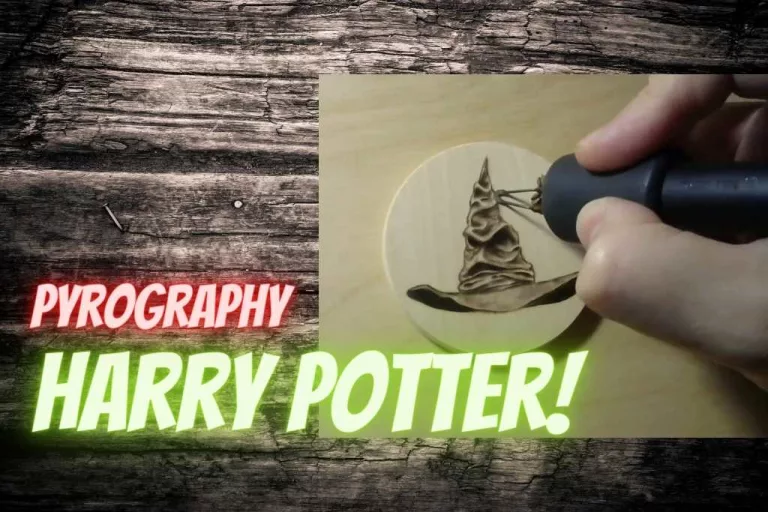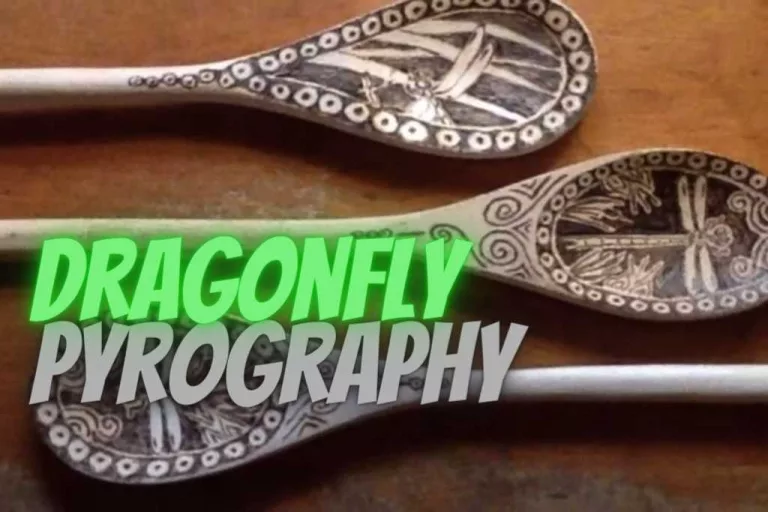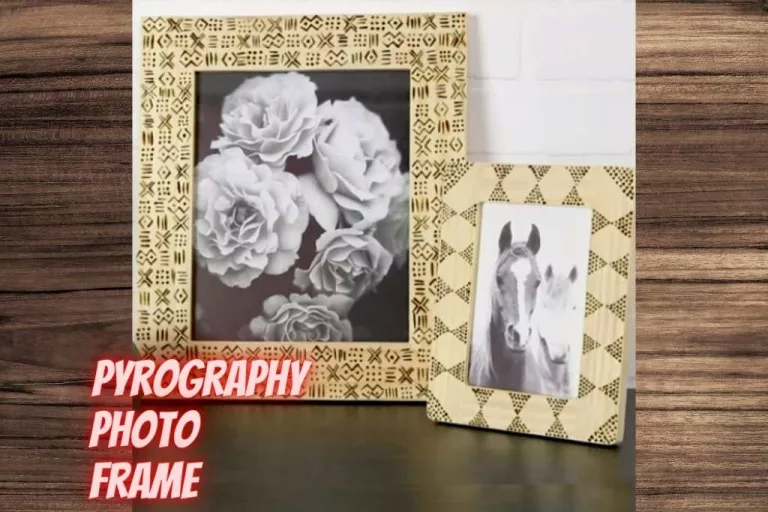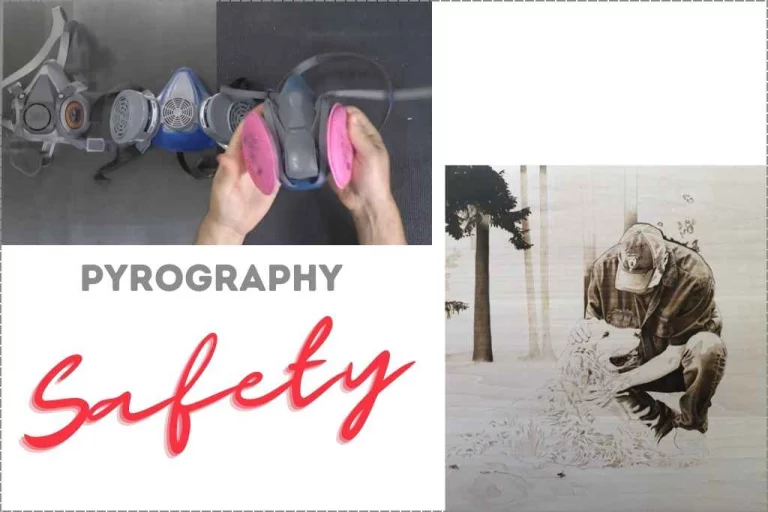History of Pyrography: Great Wood Burning Through Ages
History of pyrography is very rich and it evolved with taste and culture of human civilizations. The basic principle is still the same, but the process got modernized with better equipment and updated technologies. It is widely practiced now in almost all the countries in the world, but the technology and tools may vary.
- Pyrography can be traced back in Europe in Roman Britain era, 43 CE to 410 CE
- Pyrography items, prepared circa 430 CE, are found in Nazca civilization (in Peru)
- These are found in Moche civilization (Peru), burn arts date back to around 200 CE
- In Egyptian civilization, pyrography art is traced back to 3000 BCE
- Roman civilization pyrography were in practice circa 150 CE
- These are also found in Qin dynasty period ( 221-206 B.C.E.) in China
- This art was performed with some more creativity in the Middle ages (500 – 1400 CE)
- It is now an advanced art, full of variations, from Twentieth Century.
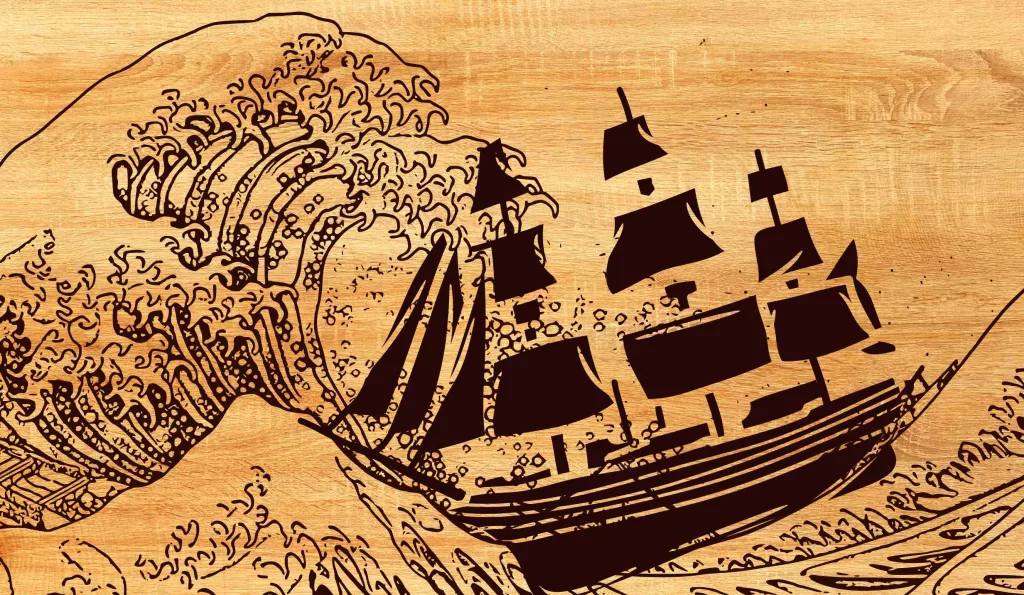
Pyrography: Definition Changed Over Time in History
Before we move to its origin and history, let’s understand what pyrography is. And how was it created?
Definition
Also known as Pyrogravure, Pyrography is a form of wood burning for crafting purposes. It is the process of decorating wooden pieces and objects using hot metals and slowly burning the surface to decorate them.
The word pyrography was derived from two Greek words, pur and graphos. These words mean fire and writing. Thus, the term “writing with fire” or pyrography came. Other than that, this type of artwork is also known as wood burning and pokerwork.
Emergence of the word ‘Pyrography’
Since the origin of pyrography’s history is too old, it is hard to say what it was originally called. But the term pyrography appeared during the early 1900s. And over time, it got different names in different eras. Despite all that, the word pyrography has been in use for centuries and now more than ever.
As for its history, that also changed and evolved with the change of time. And in the following part of this article, I will describe more on this topic.
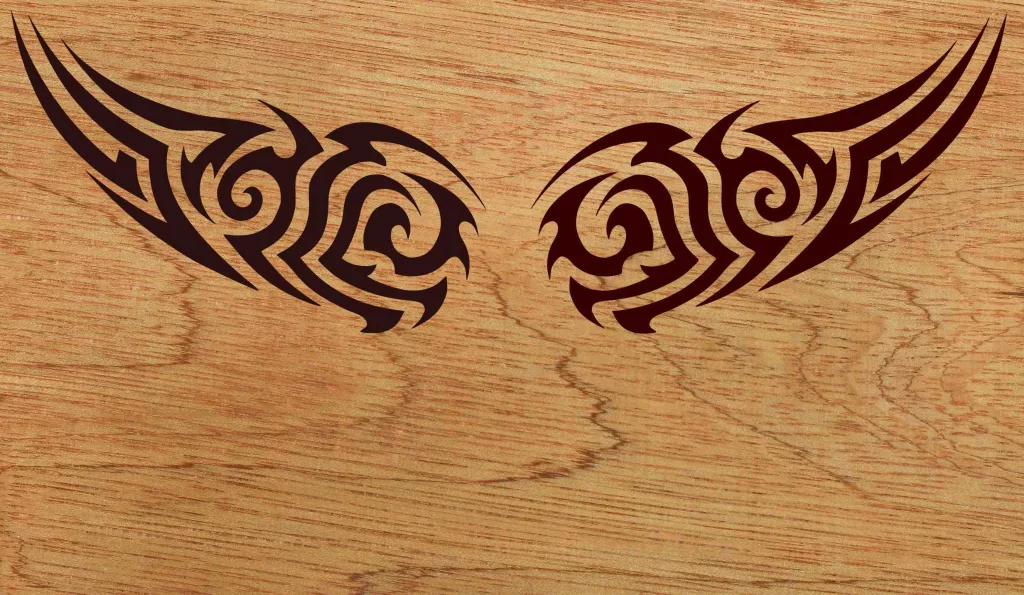
Origin
The history of woodburn art is so old that there is no known date of the era of its origin. However, it is believed that this form of art dates back to prehistoric times. It was before the era when humans began using charred remains to draw. The earliest pieces of pyrography were found in Britain (under Roman occupation, this period is called Roman Britain) and Peru.
The earliest history is dated way back before the first century AD. The most ancient evidence of wood burning was found in Peru, Rome, Egypt, and China. (This article discusses about Egyptian Pyrography, FYI).
Pyrographer Robert Boyer believed (hypothesized) that the origin of this artwork belongs to ancient time. People used hot char remains from fire to engrave designs and artwork on wood and other wooden objects.
In China, during the Han dynasty, this type of pyrography or woodwork was known as “fire needle embroidery”. It got such a name because of the way hot needles or metal burned the wood in embroidery work. The hot rods or needles they used would be of various sizes based on the work to be created on the wood pieces.
Two civilizations of Peru: Moche and Nazca, are known for their ancient pyrography objects.
The Evolution of Medieval Pyrography
- The process of creating pyrographs changed in the Middle Ages (500 – 1400 CE).
- It was the time when everyone was getting creative with things and inventing what made life easier.
- So instead of using hot char remains, people started using portable wood stoves and pokers to create pyrography artworks.
- The stove served the purpose of heating the pokers used for burning wood.
- I must mention that these wood stoves had lids with small holes to rest the pokers in them for heating purposes.
- And artists would always carry multiple pokers so that they could work with one while the other ones heated up.
- But they did not just limit their pokerwork with pokers only.
- Over time, people began using sharp metals like needles or knives for their creative work.
- One of the most interesting things about Medieval pyrography is that there is evidence that blacksmiths also took part in this craftwork since they were familiar with working with heat and craft.
- Their profession served as an advantage in creating pyrography.
- By the end of the Medieval Age, wood burning had become a common practice, mostly on instrumental objects.
- Two famous examples are the Trinity harp in Ireland and the Queen Mary harp in Scotland. (Pictures given below)
- And as time went by, people began exploring wood-burning techniques and applying them to other items. Many 16th-century furniture and other artifacts bore wood-burning designs.
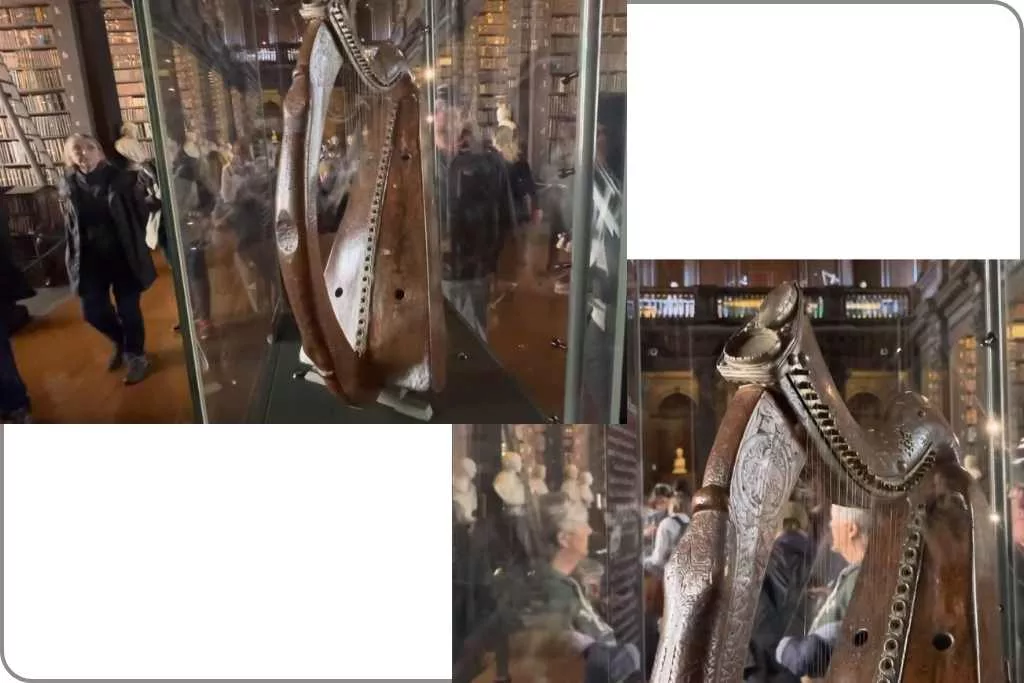
20th Century Pyrography
- The entire concept and use of pyrography changed drastically in the early 20th century.
- Leaving the previous methods behind, people began inventing tools that made the work much easier and quicker.
- Then at the turn of the 20th century, Alfred Smart, a Melbourne architect, discovered an effective method that made pyrography work more effortless. And it was benzene fumes.
- His discovery was the method of pumping or inserting the fume into a hollowed and heated platinum pencil.
- The pencil remained connected to a benzene fume bottle, and a rubber ball was used for pushing the fume down into the pencil. In this way, the pencil would stay hot longer.
- This method allowed artists to create artworks with more than just one shade, which were not possible before. His discovery opened the door for more revolutionary change in pyrography.
- Pyrography used to be a work of men until the late 19th century.
- Then between 1880 and 1920, pyrography became quite popular as professional and leisure work among many American housewives. Even young people would spend their time doing pyrography on various items.
- Since the kits started to become more and more affordable, pyrography became popular as a household hobby, and their work was sold in different catalogs.
- And the work surface was no longer limited to wood pieces but was also done on furniture, wooden spoons or jewelry boxes, etc.
Modern Pyrography
- Now in the 21st century, wood burning or pyrography is done as a hobby, a pastime, and even for business purposes.
- It is no longer a wood-burning process only but is also done on fabric, corks, papers, bones, and more.
- While some people enjoy creating designs and artworks, others prefer creating portraits.
- Wood burning crafts now include drawings of humans and various memorable things, which also sell pretty well as souvenirs.
- And from burnt char remains, the heat application tool has turned into a “pen” that gets heated via electricity and has a temperature control system.
- Moreover, there are laser tools that can now automatically burn wood or other materials.
- There are chemical burn methods as well. These chemicals, once smeared onto the wooden surface and heated, create a burn impression.
- On top of that, you no longer need to rely on someone to learn pyrography. If you have the tools and items you need, you can just get help from the internet or YouTube videos. From beginners to experts, anyone can find videos that meet your skill.
EndNote
I hope you enjoyed reading about the fascinating historical accounts of woodburn art. Maybe this form of artwork was not a worldwide thing in the beginning. But from the prehistoric era to modern times, this method of art has only grown more and more popular.
And the best part is you no longer need to go through much effort to create designs or artwork like people used to do centuries ago. Modern tools are much easier to use and get along with.
However, if you are a beginner, learning how to do pyrography can be pretty challenging if you are a beginner. I recommend you watch the YouTube tutorial on woodburn art and follow the guidelines to learn easily.

